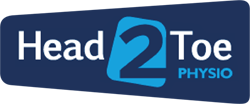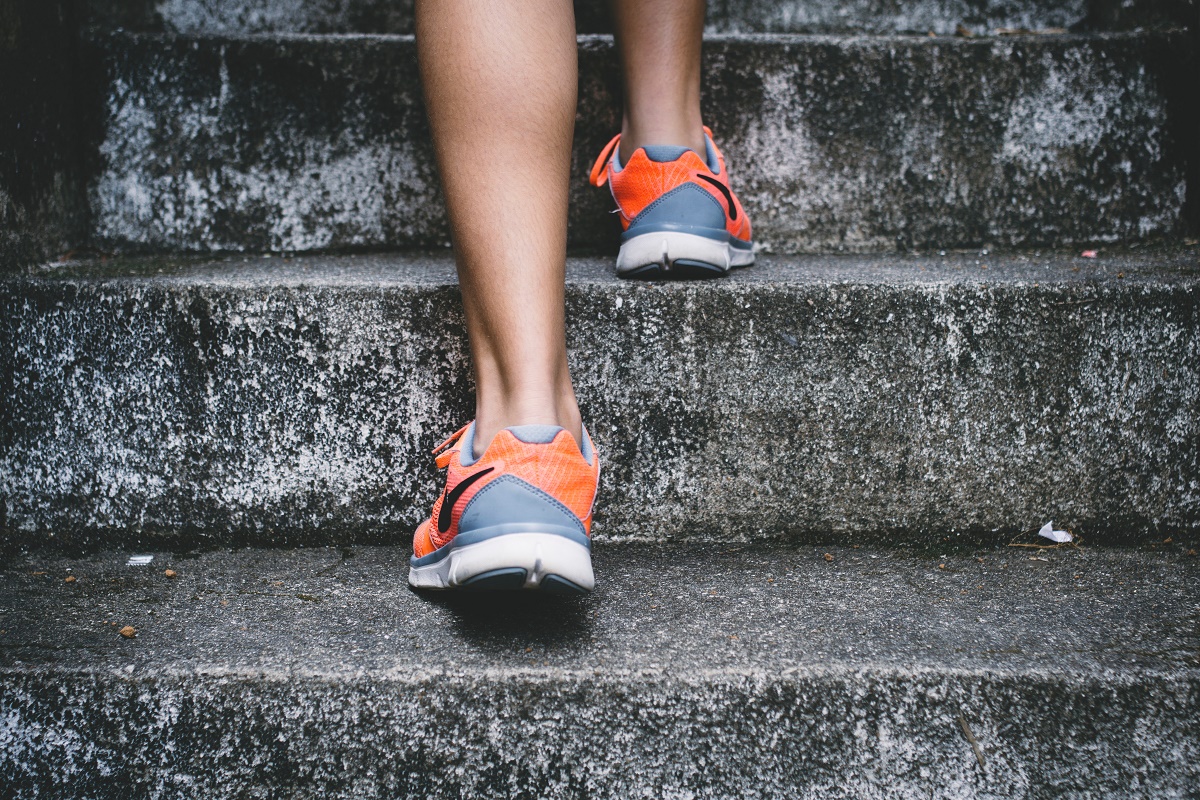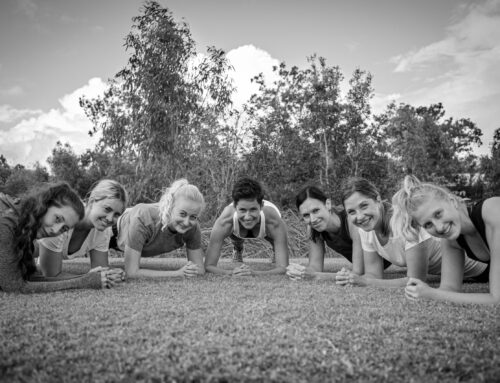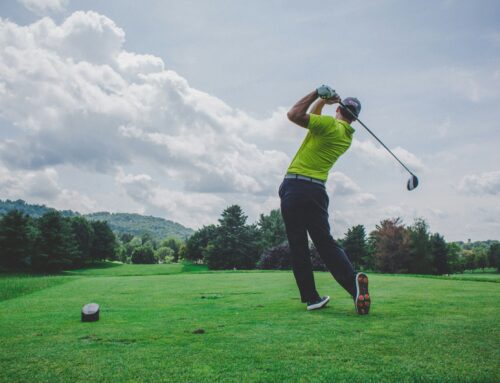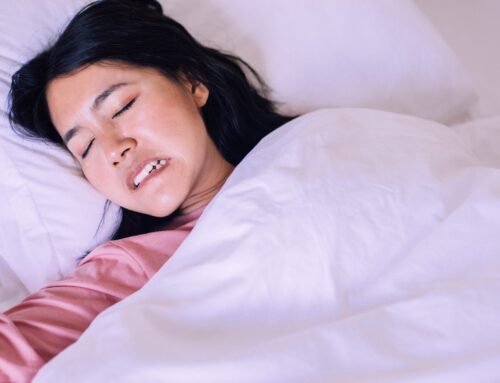Achilles Tendon Pain – Who Gets It?
Achilles tendinopathy affects 2 to 3% of the adult population (pain that involves the Achilles tendon). Sport seems to play an important role in the onset of Achilles pain.
One group of sportspeople that we see a lot at Head2Toe Physio are runners. Middle and long distance runners seem more likely than sprinters to develop pain involving the Achilles tendon.
A 2016 study specifically in runners, reported that pain in the mid portion of the tendon (67%) was more common than pain where the Achilles tendon inserted at the heel (16%).
It was also more common to develop pain slowly over a period of time or the day after a run, than suddenly during a run.
Almost all studies done in this area, agree that pain tends to develop after an increase in loading (distance, intensity, difficulty of run). Only half as many runners say their pain came on after no changes to training at all.
Achilles Tendon Pain – How Long Could It Last?
Just over half of runners (55%) with achilles pain said that there pain lasted more than 3 months. 21% had pain for between 3 and 6 months, 17% for between 6 and 12 and 16% had pain longer than a year.
Of these runners, 45% had to miss more than 3 months of training. A significant proportion of runners affected, had an issue for much longer than this. Bad enough to keep them out of the sport they live for a considerable amount of time.
Achilles Tendon Pain – How Is It Treated? – Does Stretching Help?
The key seems to be sensible and controlled loading.
Most runners with Achilles pain seek treatment which is great. Sadly, only about quarter are given any strength training to do.
The most important aspect of Achilles tendon rehab is loading. Best available evidence is not being used to treat many patients. Many patients are not being treated using best available evidence.
Traditionally Physiotherapists advised stretching for Achilles patients but there is no compelling evidence that this is doing anyone much good. Runners with degenerative tendons often appear to have more tendon flexibility than those who have no pain.
This is something I have been telling my runners for well over 10 years. So many runners with Achilles pain come to me after having seen other therapists. The one thing they have all invariably been doing for months and months is stretching!
For once, as physios we cant blame patients for not doing their exercises, as they all have great flexibility.
Unfortunately they are seeing me because despite their stretching routines, they still have pain and don’t understand why!
If a patient has a very stiff ankle joint, then that needs to be addressed. stiffness could be present because an old ankle fracture was never dealt with properly or maybe there is a degree of osteoarthritis present.
Perhaps one sensible approach to lengthen tight calves and achilles tendons is to load the tendon at end range. there is some evidence that this will lengthen tissue more quickly and more effectively than stretching.
Achilles Tendon Pain – What Else Might Help?
Professionals and patients often tell me treatments such as ultrasound, acupuncture and massage don’t work when compared to loading programs.
In my opinion this isn’t the same as saying they don’t add value. There seems to be an increasing number of therapists who won’t do hands on work with Achilles patients.
I say exactly what I say to my patients. On their own some of these other treatments don’t ‘fix’ the problem. However any temporary pain relief really helps with patient compliance (ie they stick with their loading programs and ultimately stand more chance of getting better).
The take home message is that your rehab must include some loading exercises. These should become progressively harder over time.
If you only get rubbed with an ultrasound probe, get needled by your therapist or covered in funky coloured tape, then you’re probably missing an important part of your ‘getting better’ program!
If you or anyone you know is suffering from Achilles or ankle pain and would like to have a physiotherapy assessment with the team at Dorking , Leatherhead or Crawley , contact us here.
Blog post written by Sam Bowden, Head2Toe Physiotherapist and Director at Head2Toe Dorking, Leatherhead, & Crawley Clinics.
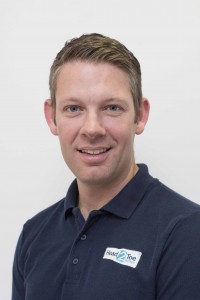
Coombes BK et al, Achilles and patellar tendinopathy display opposite changes in elastic properties, Scandinavian Journal of Science and Sports in Medicine, 28 (3), 2018.
